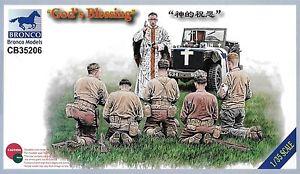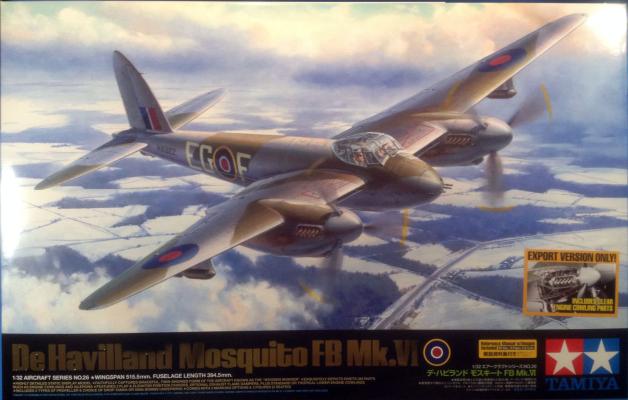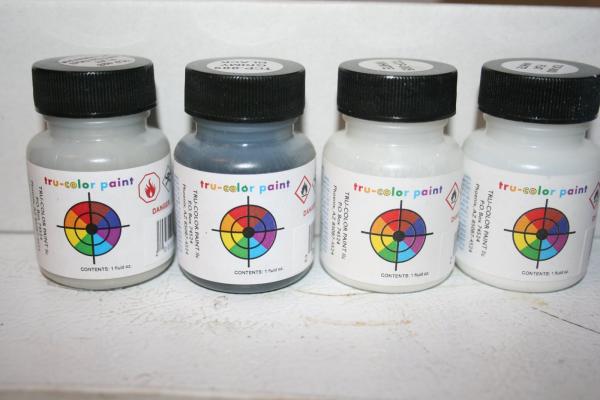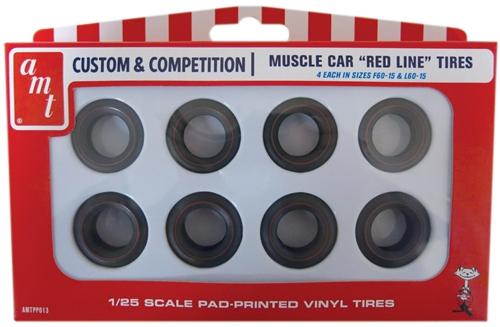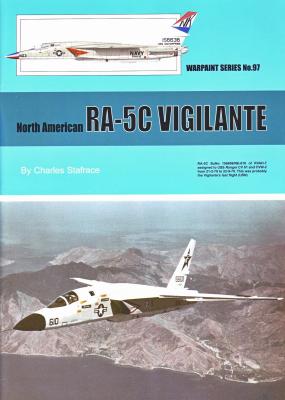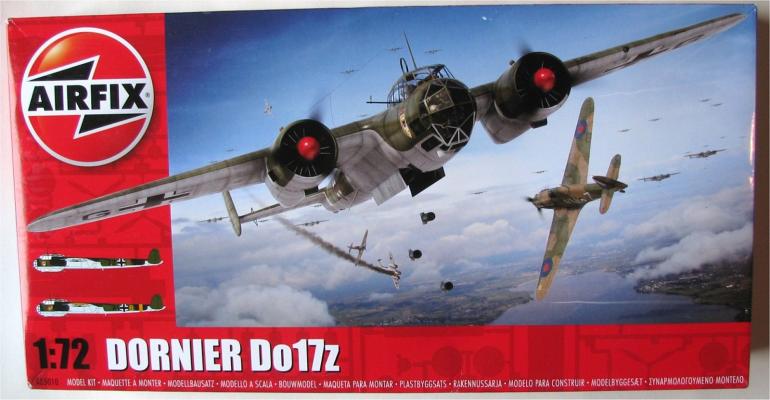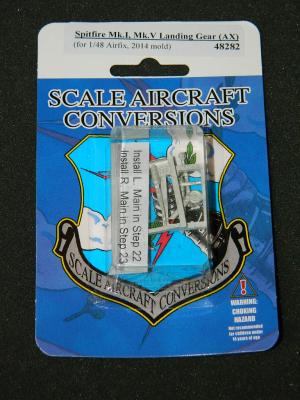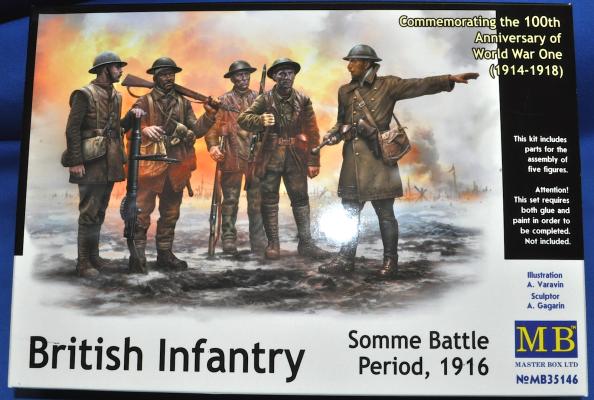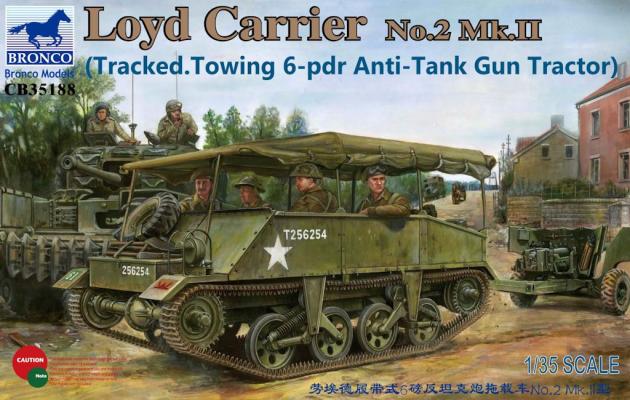For a sometime now, Bronco Models has been releasing numerous military figure sets in 1:35 scale, and has particularly shown an eye for the not-so-typical. Sure, there has been the British AFV crew set and the U.S. Tank crew set, and both the 17 pdr and 25 pdr Anti-Tank gun crew sets. But they have also offered the British War Correspondents set and the Allied Female Soldier set. As a Minister, they then caught my eye earlier this year with the release of “God’s Blessing”, a 6 figure set depicting a Priest and five U.S. soldiers during WWII. The Priest (a Catholic Priest) is shown leading a front line mass, with his sacerdotal implements on the hood of a jeep. Kneeling before him are five soldiers, two of whom are holding Bibles (or, perhaps Prayer books). The box art captures this unique scene – worship in the midst of war.
What's New
This is the second sheet printed by Caracal covering the operators of the MQ-9 Reaper UAV. The sheet includes markings for four U.S. Air Force Reapers, and one each from the RAF, the French Air Force, the Italian Air Force, and a civilian version operated by NASA. I liked the French Air Force markings, but as their Reapers are unarmed, and I wanted to load up mine, I opted instead for the RAF Reaper.
While the Reaper is a relatively large UAV, there are not a lot of decals to be applied, regardless of which one you choose to model. The set includes enough of the stencils to decal two Reapers from the sheet, which is good as the Skunkworks kit is a double kit.
The decal sheet includes instructions on the colors to paint the Reaper, and to my surprise, unlike the MQ-1 Predator, the military Reapers are two shades of grey, with the underside painted in a much darker grey than the topside. The sensor turret is a third shade of grey somewhere in between the other two.
Thank you to Tamiya, Inc. for providing this wonderful kit for review and to the IPMS Reviewer Corps for allowing me to document my build experiences. Sharing this review with the scale modeling community would not be possible without the exceptional support of the IPMS Reviewer Corps. Thank you everyone!
The Mosquito is one of my favorite aircraft with its underdog success story and exceptional operational history. Tamiya’s representation of the fighter-bomber version of the Mosquito is also exceptional. The following review is a compilation of the planning, preparation, and subsequent anticipation of a very enjoyable build of a de Havilland Mosquito FB Mk.IV aircraft. Please look for a complete build review soon, where I will report on how this elegantly packed kit progressed to large-scale representation of the “Mossie.”
When I heard that Floquil railroad paints were being discontinued, I rushed out and bought several bottles of my favorites, Grimy Black and Reefer White. But knowing that these two or three bottles wouldn’t last forever, I asked the proprietor at my LHS (The Hobby Depot) if there was any replacement on the horizon. Dick replied that there was already a line of railroad paints which had been out for several years, and that he had just received a stock. Sometimes it’s good to go to a shop which carries supplies for other hobbies, like model railroading. I bought TCP005, gloss white, TCP009, grimy black, TCP800, flat white and TCP828 flat imitation aluminum.
AMT and Round 2 are known for their automotive kits and have been for a very, very long time. To add to their cars, here’s some really nice tires as part of their "Custom and Competition" line. Anybody building a muscle car from the ‘60’s needs a set of these puppies. You get 4 F60 x 15 and 4 L60 x 15 tires. There are no wheels in the accessory pack. I just put some Cragar SS wheels for the pic.
And here’s a problem/issue I found. Round 2 does not have the tires shown on their website. Several aftermarket outlets have the tires available from their websites. Regardless, these are great additions to any muscle car and are recommended.
My thanks to round 2 Models for the review sample.
If you have never have had the chance to review one of Guidelines Warpaint series, here’s a brief description. First they provide a complete and detailed history of the subject including a complete production list of air frames, squadrons which used the planes along with a list of serial numbers and codes, and a comprehensive specification list covering the technical aspects of the plane. With this they have the historians covered. Secondly, they have 1:72nd scale multiple view plans. Also included are detail pictures, pages of superb color camouflage drawings, and photography in color and black and white. There is also a list of kits, decals, and accessory list. Modelers are covered too.
History
During the early years of the Second World War the Dornier Do17 was one of the Luftwaffe’s most important medium bombers. Developed during the early 1930s, first as a mail plane then as a reconnaissance bomber, the Dornier was nicknamed ‘the flying pencil’, due to its very thin tapering fuselage. While early versions used inline engines, the iconic and most widely used Z variant used Bramo radial engines, and featured a re-designed cockpit area, with the intention of providing more space and defensive capabilities for the crew. However this was not wholly successful; its small crew area and lack of power operated turrets making it easy prey for allied fighters.
Thanks again to our prolific IPMS supporter, Ross at SAC, and to IPMS leadership for providing this set for review.
This set simply replaces the main and tail gear on the Airfix 1/48 new release (2014) Spitfire Mk I and Mk V.
BUT wait, there’s more! Included in this set are two different versions of the spine-mounted Radio aerial post, and the underwing Pitot tube. Very nice, and good use of a small set’s versatility, particularly since there is not much to this set as far as metal volume. Might as well amortize costs, and this does it.
Notice on the stock kit that the main gear is in two parts; the upper strut and pivot assembly, along with the uplock arm, which attaches to the trunnion pivot points, and then later in the build, the lower shock strut. Why was this done? So you could install the fragile gear later, while working on the rest of the model, without cleaning off the gear with gorilla hands. Smart engineering.
Master Box has joined the parade of World War One subjects, commemorating the centennial of the Great War, by providing this set of British Infantry from the time around the Battle of the Somme in 1916. During these centennial years of the Great War (1914 -1918), we are seeing numerous WWI subjects especially aircraft and armor hit the market in record numbers. Aerodrome ground crews, tank crews and infantry will provide modelers with the opportunity to create some dynamic dioramas of this important conflict.
The Loyd Carrier was built upon the mechanicals (engine, gearbox and transmission) of a 15 cwt 4x2 Fordson 7V truck with light steel frame to which armor plate was bolted to the front and sides for minor protection. The engine was at the rear of the Carrier with the radiator places behind it. The transmission took the drive forward to the axle at the very front where it drove the tracks. Both the front drive sprockets and idlers (which were also notched) at the rear of the tracks were fitted with brakes, actuated by a pair of levers by the driver. To turn the vehicle to the left, the brakes were applied on that side and the Carrier would slew round the stopped track.
The upper hull covered the front and sides but was open to the rear and above; as the Carrier was not expected to function as a fighting vehicle this was not an issue. To protect the occupants from the weather a canvas cover could be put up with included frames.

